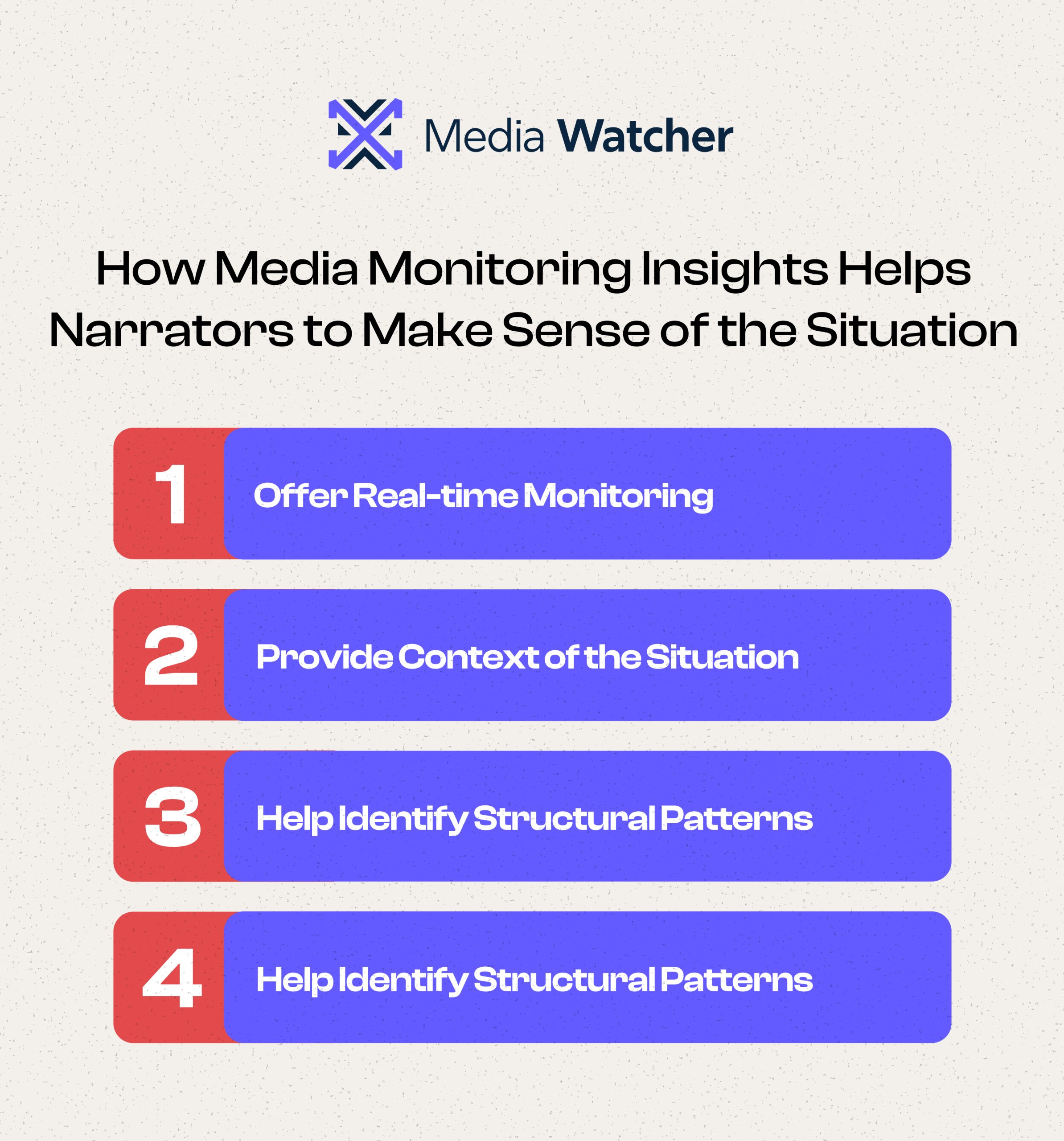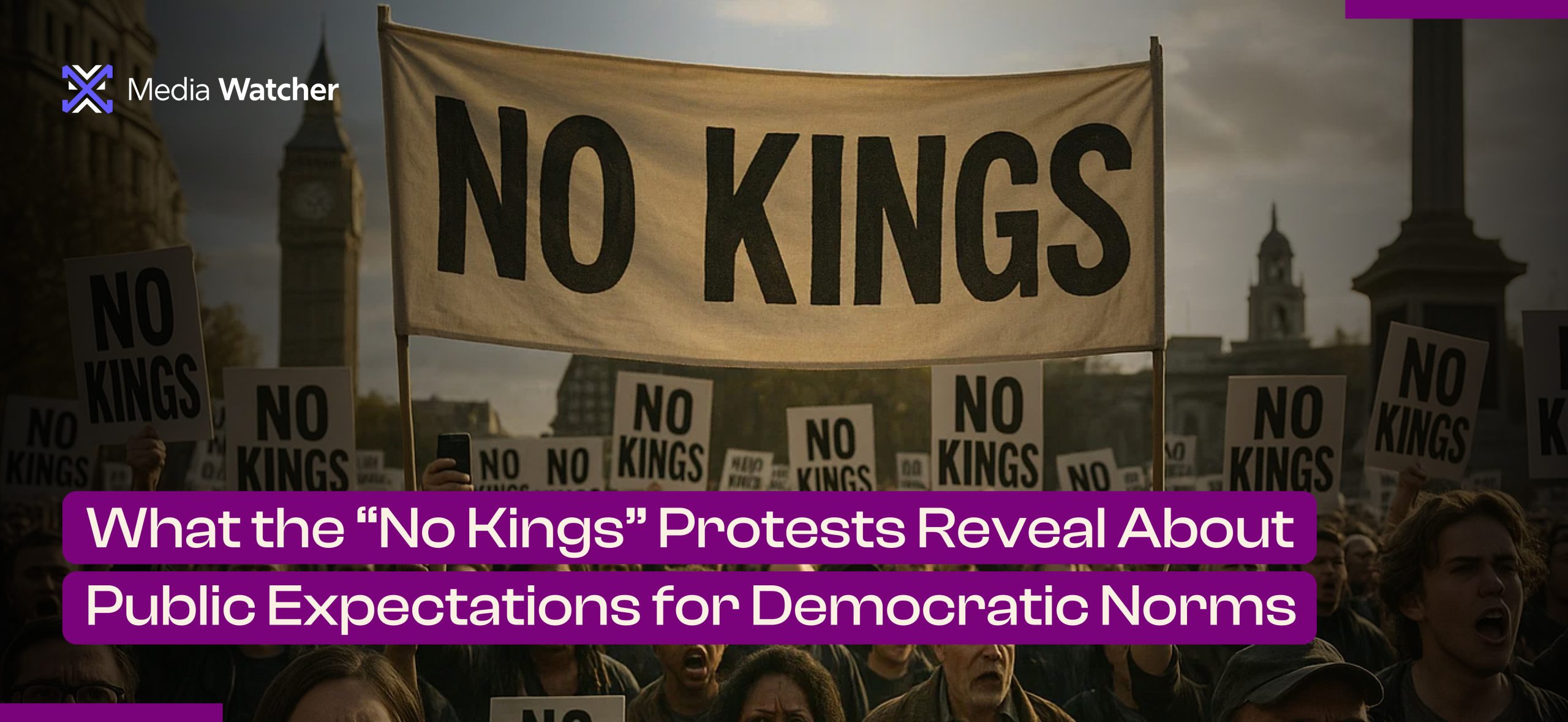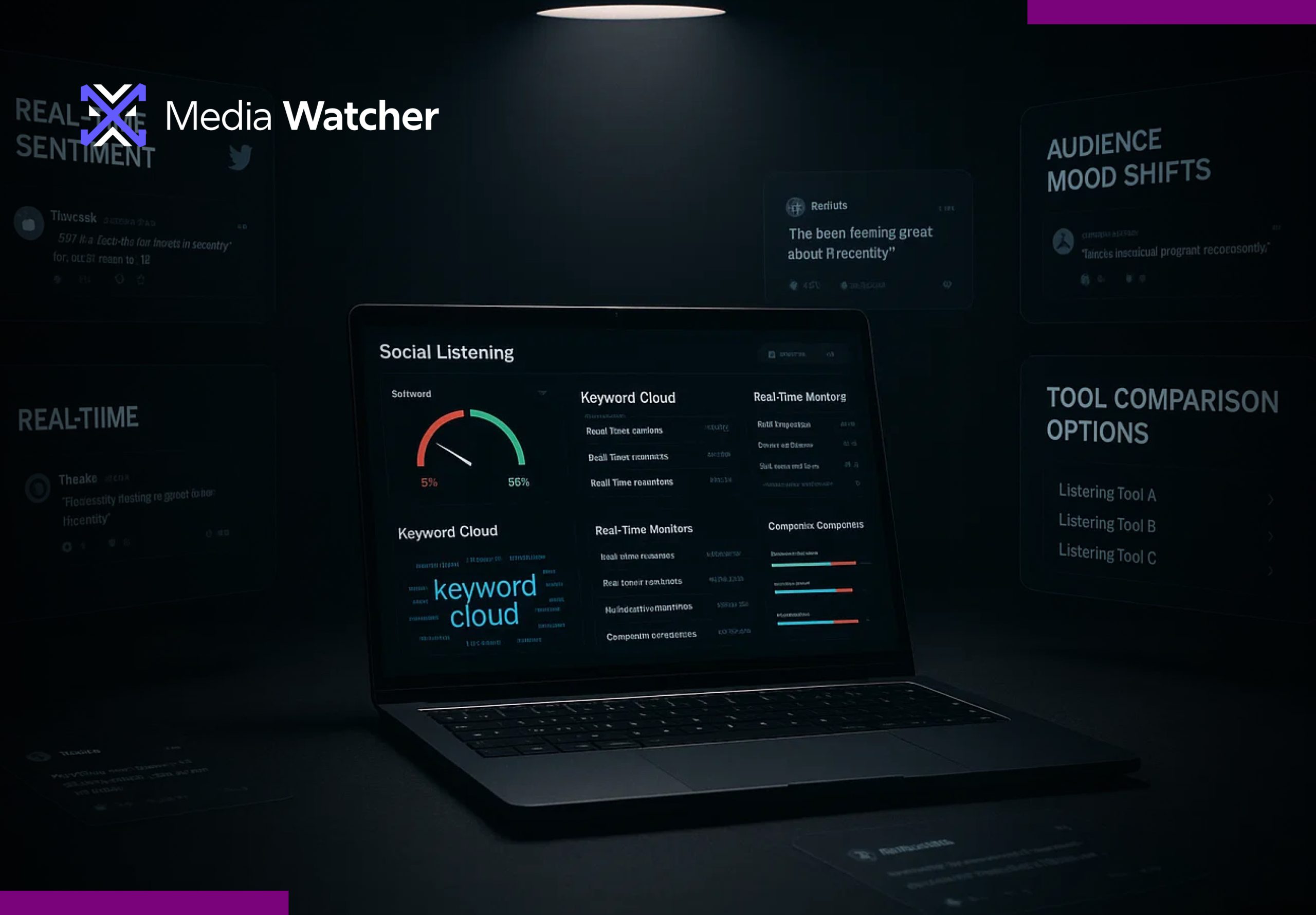On the morning of October 18, something unusual began unfolding across the United States of America. Local radio hosts paused their usual chatter to note growing crowds in city centers. And by noon, images of packed avenues, handwritten placards, and anti-authoritarian slogans flooded every feed.
But contrary to what many believed in America, this was not just another weekend rally. It was a synchronized national response that would become one of the largest in U.S. history.
There were nearly seven million people, spread across all fifty states, gathered to demonstrate one message: “No Kings.”
This phrase struck a nerve with the observers because of its emotional and political intensity in the longest surviving democracy. It signaled fear, frustration, and collective unease about perceived democratic backsliding happening under Donald Trump’s presidency.
As the crowds gathered and the rally expanded, there came millions of posts, clips, and comments appearing all over social media. However, this moment couldn’t have been comprehended by watching a single news report alone.
The ‘No Kings Protest’ And the Speed of Changing Media Sentiment
Like many big protests, the story of the No Kings protest also moved too quickly, and the sentiment was shifting with every passing hour. No wonder it became a real-time stress test for anyone responsible for public communication, governance, and social media reaction analysis.
That’s exactly where media monitoring solutions become essential for you. Because when conversations scale at this velocity, traditional analysis simply can’t keep pace.
You can’t simply understand what everyone is feeling about a certain movement or its depth by simply running a Google search. However, narrative analysis, real-time sentiment tracking, and a close eye across multiple platforms can.
Tools like Media Watcher help decision-makers in clearing the unnecessary noise and understanding what people actually feel.
Why Monitoring Public Sentiment Analysis Is Important for You
Here is why analyzing public sentiments serves as an essential solution for you:
Understanding Underlying Motivations
Large-scale events rarely happen in isolation. They emerge from weeks or months of public anxiety building online. Media monitoring is, however, capable of depicting this potential tension being surfaced before it explodes into the streets. The public sentiment analysis through media monitoring can help you:
- Uncover emotional triggers that result in such public responses.
- It captures frustration peaks tied to statements, announcements, or controversial decisions.
Knowing the context of public sentiment enables policymakers, analysts, and communication teams to calibrate their next moves. Here, Media Watcher excels by aggregating signals that would otherwise remain scattered and unseen.
With its efficient AI models, it processes thousands of posts per minute and identifies repeating narratives instantly. Among other things, it reveals the motivations behind emerging political movements, allowing stakeholders to make decisions based on public demand.
Seeing Where Trust Is Breaking Down To Formalize Next Strategies
Trust isn’t a static emotion; it fluctuates across demographics and various regions. Not everyone is going to have the same reaction to any particular incident. Therefore, understanding the context and reading between the lines can help policymakers and analysts comprehend the situation in an effective and decisive manner.
Take the example of the “No Kings” protests, where some states expressed sharp distrust in federal leadership, and others showed concern about institutional overreach or democratic erosion.
Amidst such differing opinions, media monitoring reveals where these trust gaps widen and why they appear in the first place.
- It pinpoints which narratives resonate within a specific jurisdiction.
- It also identifies the origin of the narrative along with the reasons for its virality.
Knowing the full background of the public narrative can easily enable the decision makers to adjust policy and strategies for communication thoroughly. In this way, policymakers can acknowledge public concerns instead of dismissing them.
This results in more effective messaging and stronger democratic engagement with public trust at hand.
Sociopolitical Changes Are Never One-Dimensional: Media Monitoring Clears the Noise
Media monitoring connects scattered signals across news, social platforms, and public discourse into a clear picture. Here are two core points on how media and news monitoring solutions can help you see the real picture:
1. Moving Beyond Black-And-White Interpretations
It’s easy to label protests as either partisan expressions or hostile reactions. But the “No Kings” rallies proved that motivations often defy these generalized categories. People attended for various reasons.
- Constitutional concerns
- Governance issues
- Moral frustration.
Media monitoring reveals these key highlights with granular sentiment mapping. It examines tone shifts, emotional intensity, as well as the linguistic patterns across multiple platforms. Without these insights, leaders risk misunderstanding the public mood.
They may usually confuse the reaction to be purely political rather than multidimensional. Media Watcher prevents these misinterpretations by cutting through overwhelming information streams.
2. Ongoing Tracking of Competing Narratives
During high-velocity events, narratives don’t follow straight lines. Several parallel interpretations develop based on ideology, media framing, and geography.
Some narratives solidify in public opinion, while others fade within hours.
For example, during a protest, traditional outlets used to focus on democratic norms. Meanwhile, social platforms amplified emotional language about authoritarian drift. Influencers added more layers by conspiring and explaining their own versions of the story.
Media monitoring captures these divergences as they form. It identifies narrative clusters and measures which of those are generating the digital conversation, thereby helping organizations separate meaningful discourse from transient noise.

How Media Monitoring Insights Can Collaborate with Policymakers and Journalists to Make Sense of the Situation
Informing Timely Communication Strategies
Policy communication succeeds only if it aligns with public sentiment. If leaders fail to comprehend the emotional temperature, their messaging can backfire quickly. This is why real-time monitoring helps avoid this risk by highlighting immediate public reactions.
During national events like the “No Kings” protests, what matters the most is timing. If a political leader makes a tone-deaf statement, it can result in more backlash, while a measured response builds credibility.
Monitoring helps decision-makers craft statements that acknowledge real concerns.
Providing Context For Journalists Covering Volatile Moments
Journalists have a high responsibility during high-stakes political events. They need to interpret massive data and public sentiment while staying accurate and objective. Media intelligence tools make this easier by providing a thorough and structured context.
Instead of relying only on anecdotal observations, journalists can analyze public sentiment trends.
They can identify what concerns people most and filter the real image from the pool of misinformation. This leads to reporting that is based on verified patterns, not speculation.
Helping Researchers to Identify Structural Patterns
On top of all the above reasons, long-term analysis can not be built on isolated snapshots. Researchers examine multiple aspects to study the systemic shifts.
The “No Kings” protests, when analyzed in the context of other such movements, like the January 6 Capitol protest, provide key insights to report on the political landscape of the country.
Media monitoring provides time-stamped data for longitudinal analysis. It shows how public sentiment varies over weeks or months. Additionally, it also reveals how political narratives impact public trust.
Supporting Crisis Response Teams During Volatile Events
Crisis response and management teams depend on accurate, real-time input. They need to anticipate public reaction to statements, decisions, or policy moves. Media monitoring offers early warnings before sentiment worsens.
During the protests, response teams should be able to distinguish between real information and the false one. They need to identify local concerns that require immediate clarification. This can help avoid unnecessary mishaps.
Why Media Monitoring Is Essential Today?
“No Kings” protests demonstrated how fragile the political sentiment is and how easily it can shift today. It showed why policymakers, journalists, and analysts ought to monitor public discourse accurately and continuously.
Moreover, it proved that sociopolitical events always contain more nuance than initial headlines suggest.
Media monitoring isn’t just a technical capability; it’s a strategic advantage. It allows stakeholders to understand the emotional drivers of the public reactions.
But more importantly, when the stakes are high, it helps them respond with transparency, accuracy, and responsibility.
With tools like Media Watcher, real-time media monitoring & public sentiment analysis provide this advantage. They reveal how narratives evolve, where trust widens its gap, and what the public expects.
In a world where information moves faster than institutions, that insight is essential. Visit Media Watcher’s website and book a demo!



